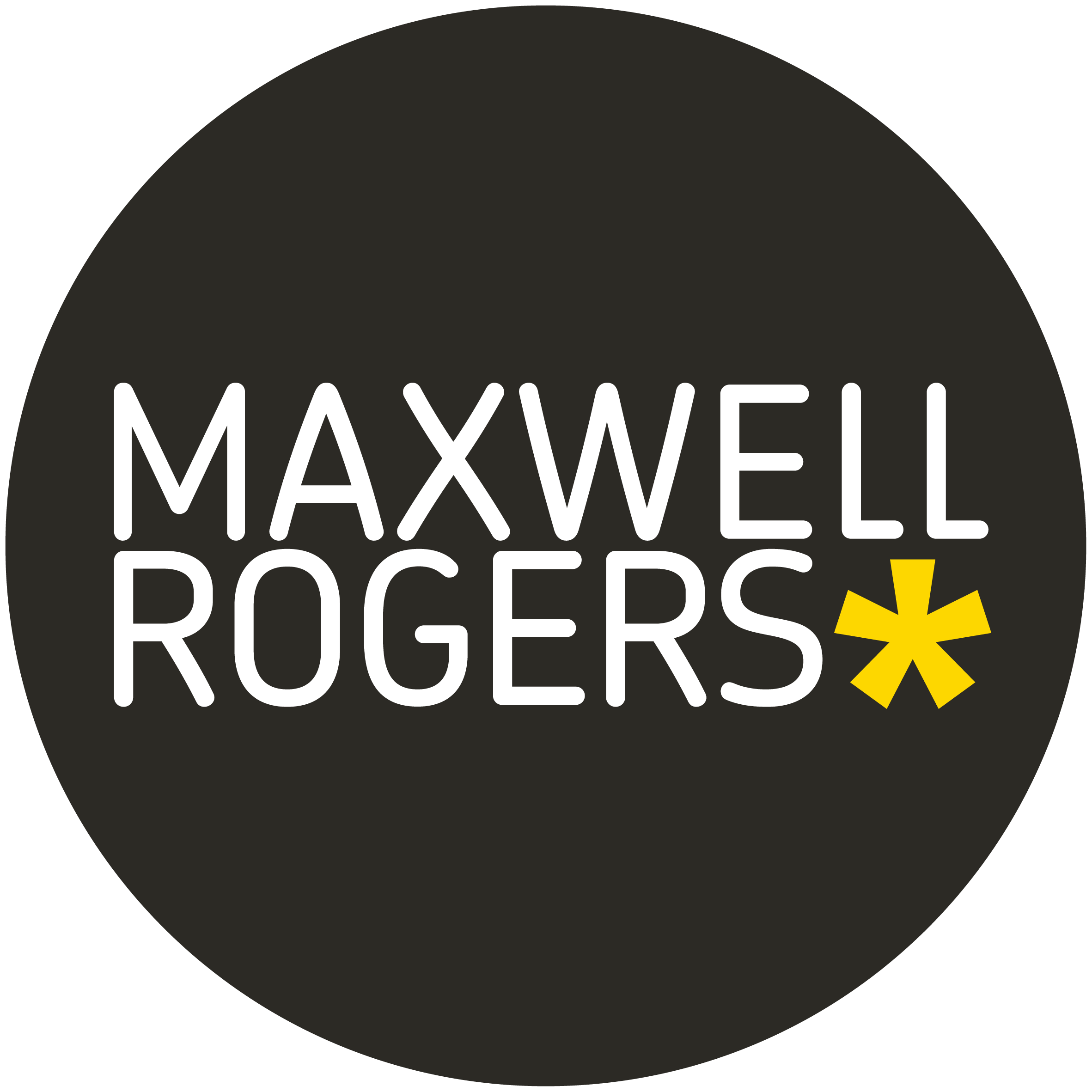At Maxwell Rogers, many of the projects we work on fall under deal-based marketing . We offer support across the whole Request for Proposal (RFP) process, from bid document executive summaries to the pitch presentation itself. Drawing on our experience, here are a few things we’ve learnt along the way about how to create a successful pitch deck and make the most of the time you have with your prospective client.
If you have any questions or would like us to support you with your next RFP, please get in touch at studio@maxwellrogers.co.uk.
Know your audience
When approaching a business opportunity, speaking about who you are and what you do will only get you so far. Put yourself in your audiences’ shoes and talk about your solution in a way that resonates with who they are and their goals. Consider who is in the room on the day as often there will be a mix of roles, needs and ambitions. Taking into account these different points of view and acknowledging them in your pitch is important to win the room, not just your key stakeholder.
Better together
Companies want to work with others that share similar values, culture, and processes. If you have a positive existing relationship, reference it at the beginning. Remind them of your successes to date. Include why they should continue or start working with you. Not just the generic benefits of your proposal, but what value it will bring. What’s in it for them? Think about how you can leverage the similarities between your companies to create synergy.
Visual alignment
This synergy can also be achieved in your design, hinting at a great partnership by showing it in-situ. At a minimum, bring their logo onto your first and last slide, next to yours. Another way you can personalise it is with imagery or colours aligned to their brand or vertical. Doing this will help to visualise your partnership.
Why choose you?
This one is important – how do you stand out from every other company invited to pitch? Think about what makes you unique. What do you have that the others don’t? Bring it to the fore. Emphasise how important this value-add is, and how it will solve their challenges.
Tell a story
Don’t launch in with your fully formed idea. Instead, build up to it. What was the inspiration? Why did you propose this solution? Were there any other options that you thought of, then discounted? Why? If you show how you arrived at your proposal, the audience are more likely to agree with you, as they are taken on the same journey. It also gives them an idea about how you work. When explaining why you didn’t take certain routes, you might even discount a competitor’s offer in the process, which is a bonus!
Perfect your presentation
Best practice is key when building a presentation, to make sure your output is professional and does what you want it to do. To maximise engagement, only address one point per slide, keep the elements to a minimum, and make it as visual as possible. Remember you can create an appendix to refer to the detail if you need to. Ensure consistency with fonts, sizes, and capitalisation, and stick to a few colours throughout. Also, make time to rehearse – individually and as a team. This will ensure the presentation is seamless and showcase how you work well together.

